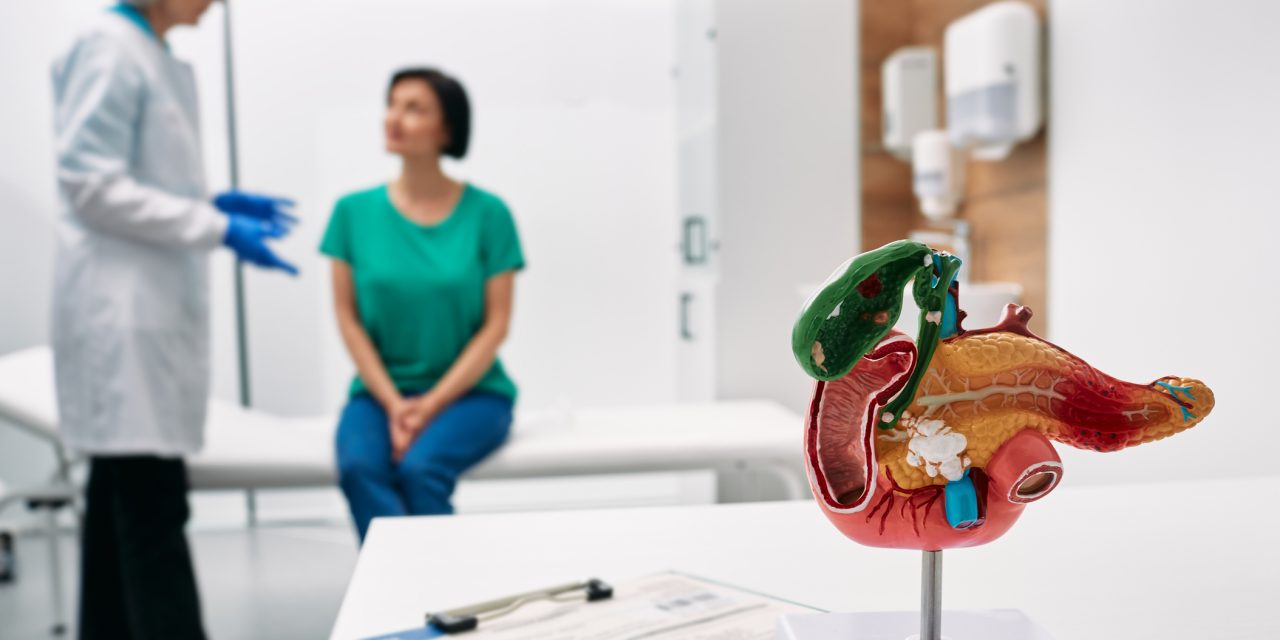To understand the origin of extremely high gonadotropin levels in a perimenopausal woman. A 52-year-old woman with a 2 months of amenorrhea followed spontaneous menstrual cycles recovery was referred to our outpatient clinic with elevated follicle-stimulating hormone (FSH, 483 mUI/ml), luteinizing hormone (LH, 475 mUI/ml) and prolactin (PRL, 173 ng/ml). She was known to take levosulpiride. The gonadotropin levels did not fit with the clinical features. A gonadotroph tumor was ruled out. Further analysis confirmed constantly high FSH, LH and PRL levels. The measurements were repeated using different analytical platforms with different results. After serial dilutions, nonlinearity was present suggesting an immunoassay interference. After post-polyethylene glycol recovery, hormone levels appeared in the normal range. Anti-goat antibodies were recognized in the serum of the patient. This case report shows a case of falsely abnormal high gonadotropin and PRL levels in a woman during menopause transition. In the clinical practice the evaluation of gonadotropin profile is not recommended at this age, but the abnormal levels stimulated further evaluation. An interference in the assay due to anti-goat antibodies resulted in abnormally high level of FSH and LH. A strict collaboration between clinicians and the laboratory is needed, when laboratory findings do not correspond to clinical findings.
Anti-goat antibodies as a rare cause of high gonadotropin levels during menopausal transition.


